|
|
|
|
|
|
|
|
Photo Gallery for Heterodon platirhinos - Eastern Hog-nosed Snake
| 84 photos are available. Only the most recent 30 are shown.
|
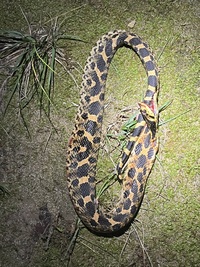 | Recorded by: J. Buie
Stokes Co.
Comment: | 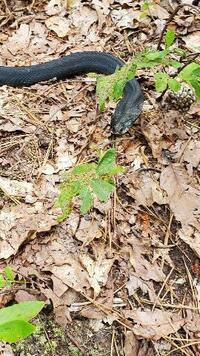 | Recorded by: B. Rossi
Stokes Co.
Comment: |
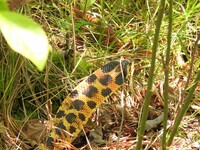 | Recorded by: A.Whitsle
Stokes Co.
Comment: | 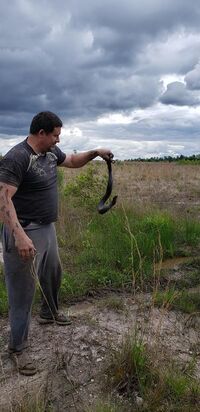 | Recorded by: michael wilson
Harnett Co.
Comment: |
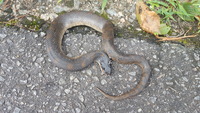 | Recorded by: K. Sanford
Gates Co.
Comment: | 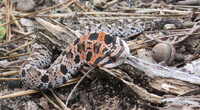 | Recorded by: E. Conway, N. Williamson, M. Prinz
Moore Co.
Comment: |
 | Recorded by: E.Conway
Moore Co.
Comment: |  | Recorded by: R. Evans
Onslow Co.
Comment: |
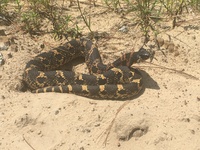 | Recorded by: Z. Lunn, D. Crilley, J. Baxley
Robeson Co.
Comment: | 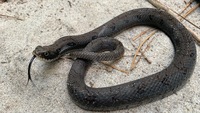 | Recorded by: T. Stafford
Moore Co.
Comment: |
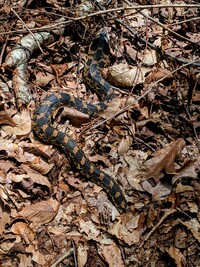 | Recorded by: V. Jones
Iredell Co.
Comment: |  | Recorded by: E. Helms, C. Helms
New Hanover Co.
Comment: |
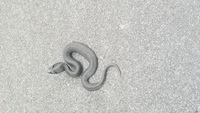 | Recorded by: C. Blake
Washington Co.
Comment: | 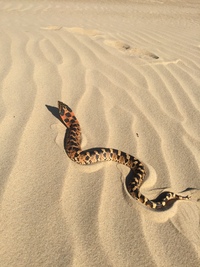 | Recorded by: S.Coffman, J.Barnes
Dare Co.
Comment: |
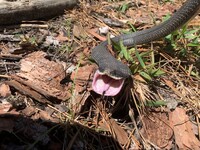 | Recorded by: T. Stafford
Moore Co.
Comment: |  | Recorded by: C. Bennett, W. Ruark
Iredell Co.
Comment: |
 | Recorded by: J. Fields
Cumberland Co.
Comment: | 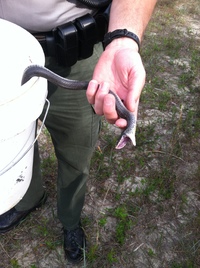 | Recorded by: Privette
Bladen Co.
Comment: |
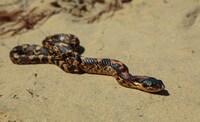 | Recorded by: C. Bennett
Dare Co.
Comment: |  | Recorded by: J. Summers, M. Walker
Harnett Co.
Comment: |
 | Recorded by: J. Summers, D. Brown
Harnett Co.
Comment: | 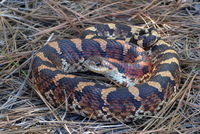 | Recorded by: M. Gosselin
Dare Co.
Comment: |
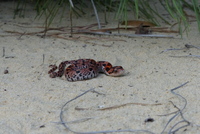 | Recorded by: M. Gosselin
Dare Co.
Comment: |  | Recorded by: K. Bischof
Burke Co.
Comment: |
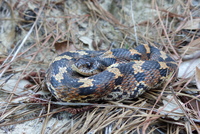 | Recorded by: M. Gosselin
Dare Co.
Comment: | 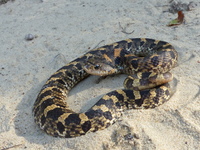 | Recorded by: M. Gosselin
Dare Co.
Comment: |
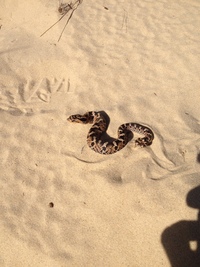 | Recorded by: M. Gosselin
Dare Co.
Comment: | 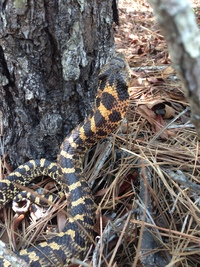 | Recorded by: M. Gosselin
Dare Co.
Comment: |
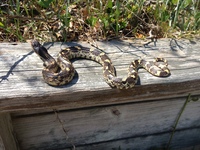 | Recorded by: M. Gosselin
Dare Co.
Comment: | 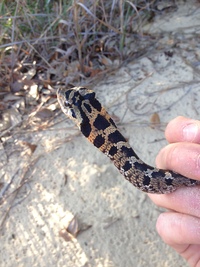 | Recorded by: M. Gosselin
Dare Co.
Comment: |
|
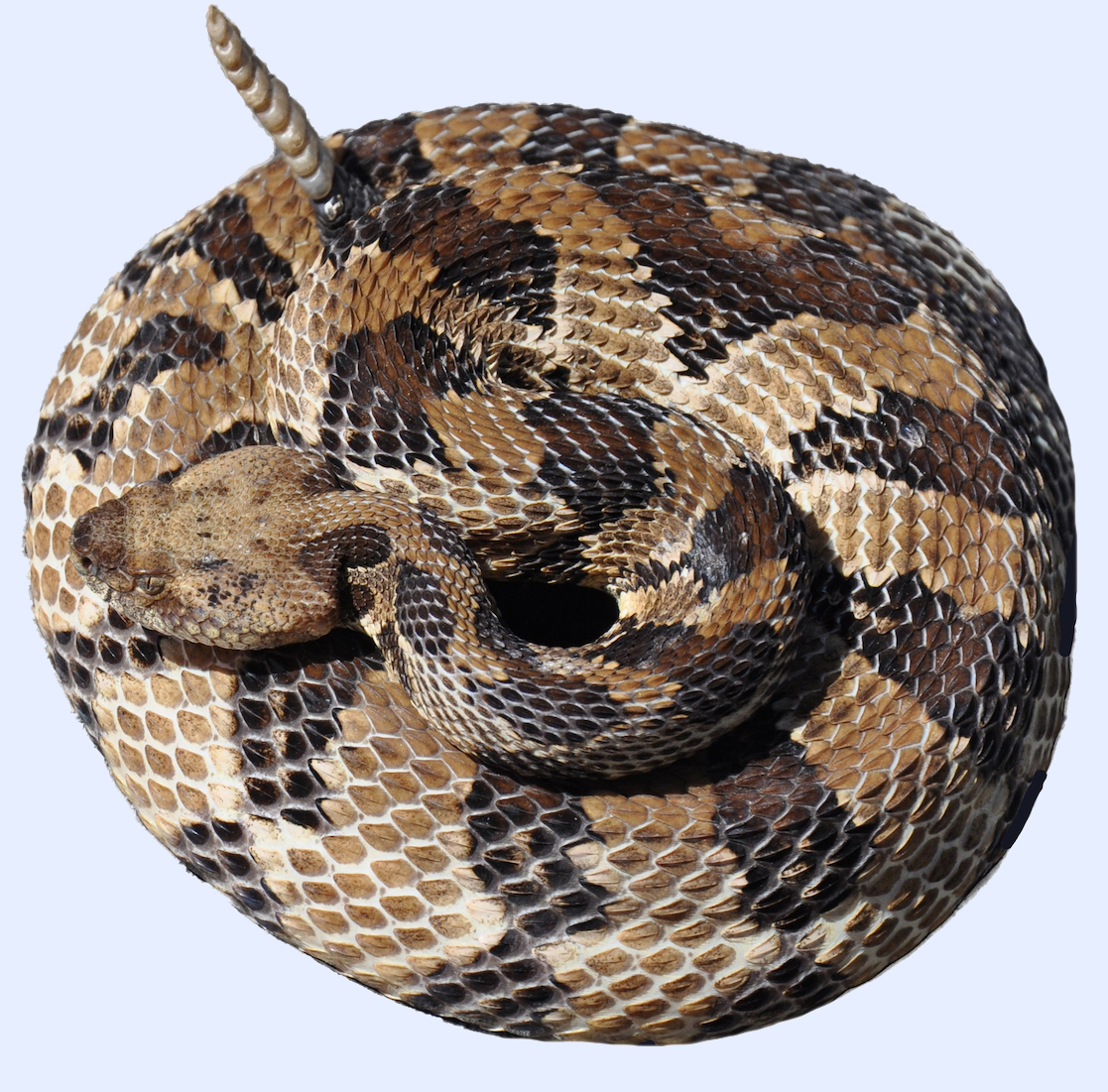
 »
» 

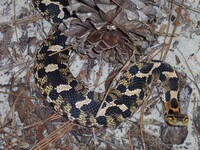


 »
» 


